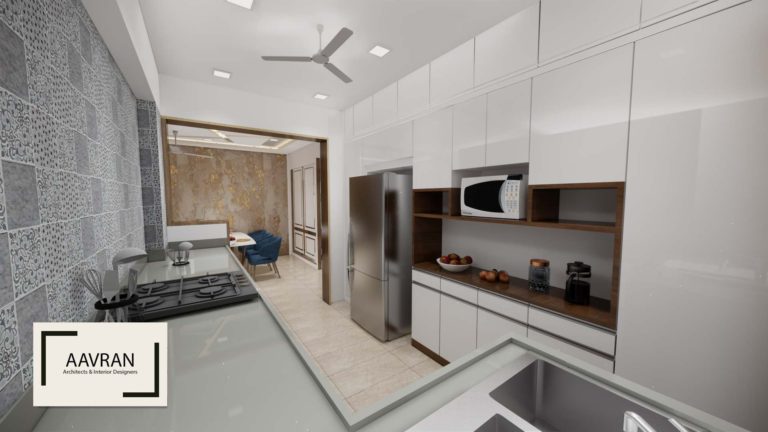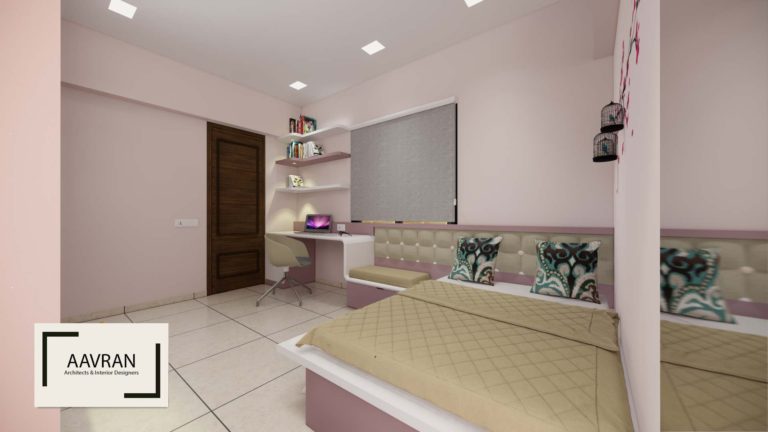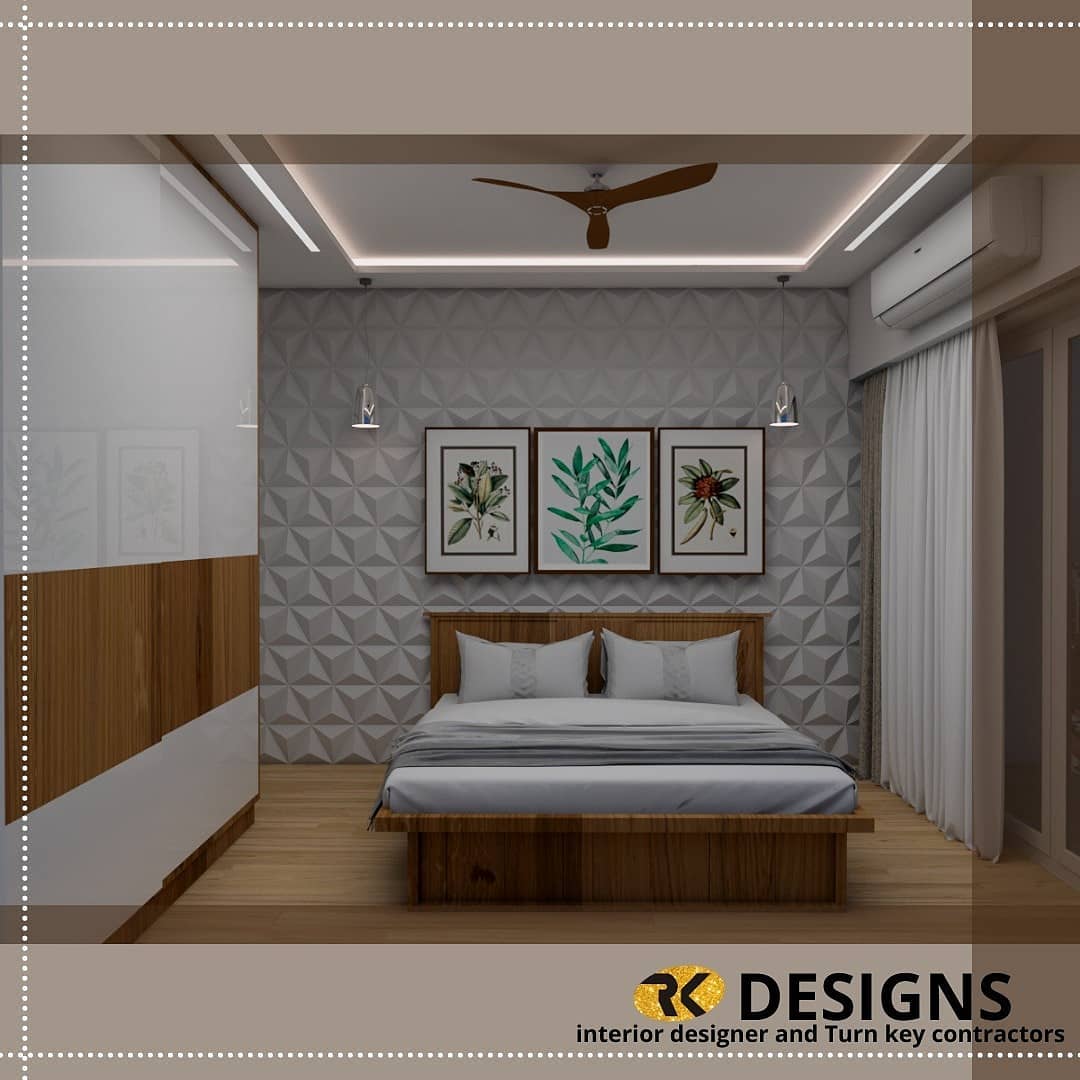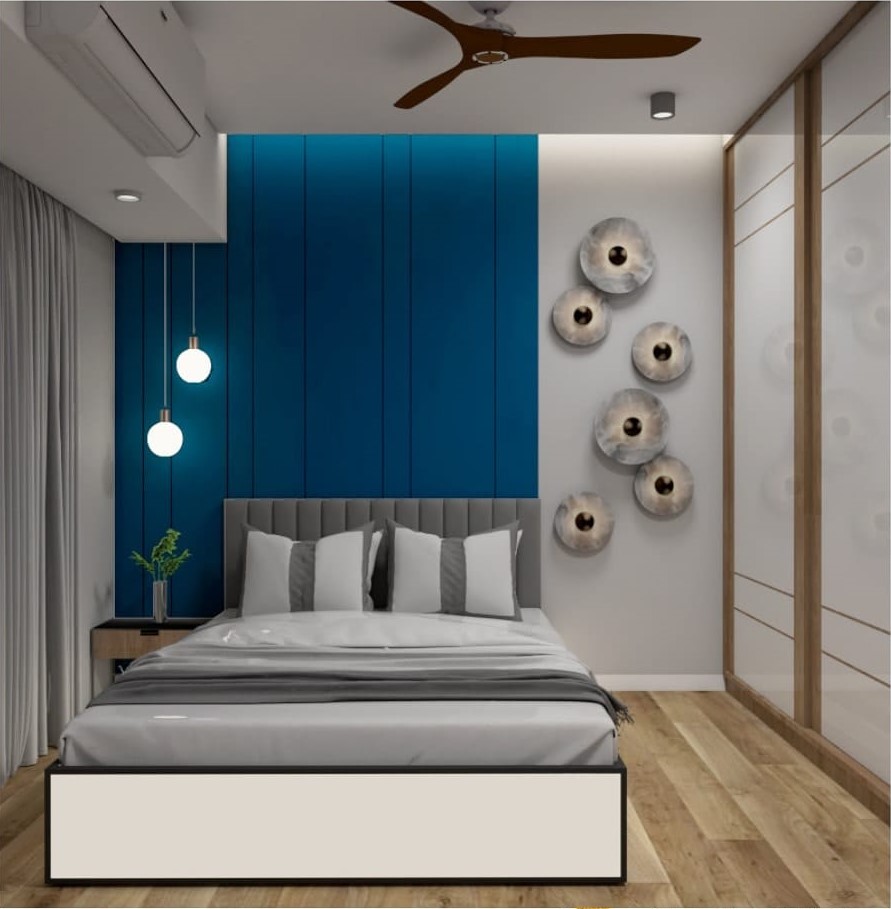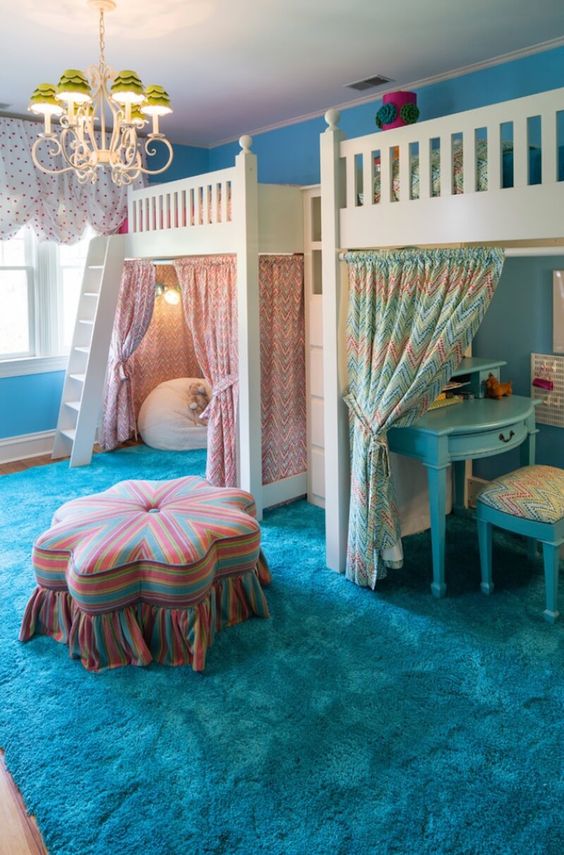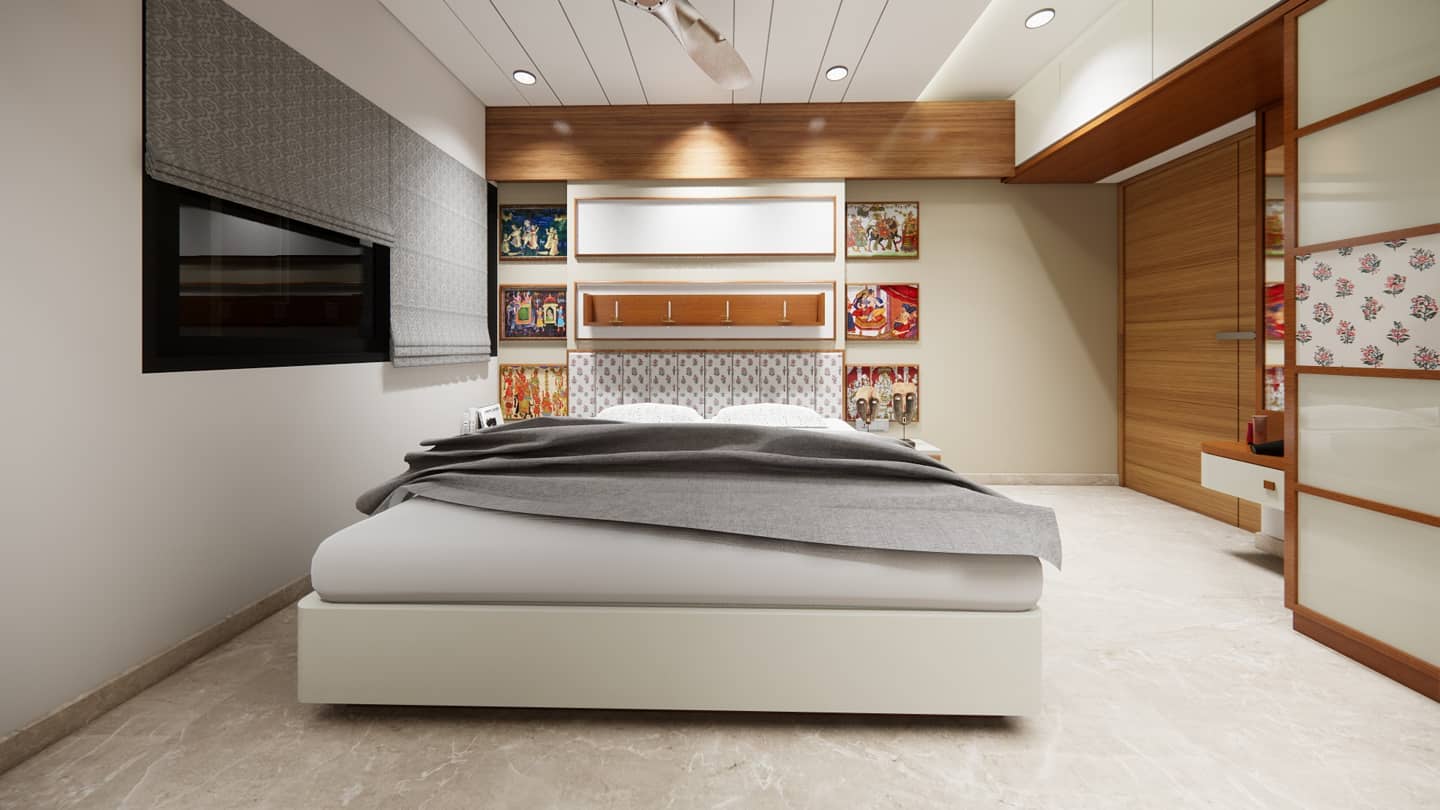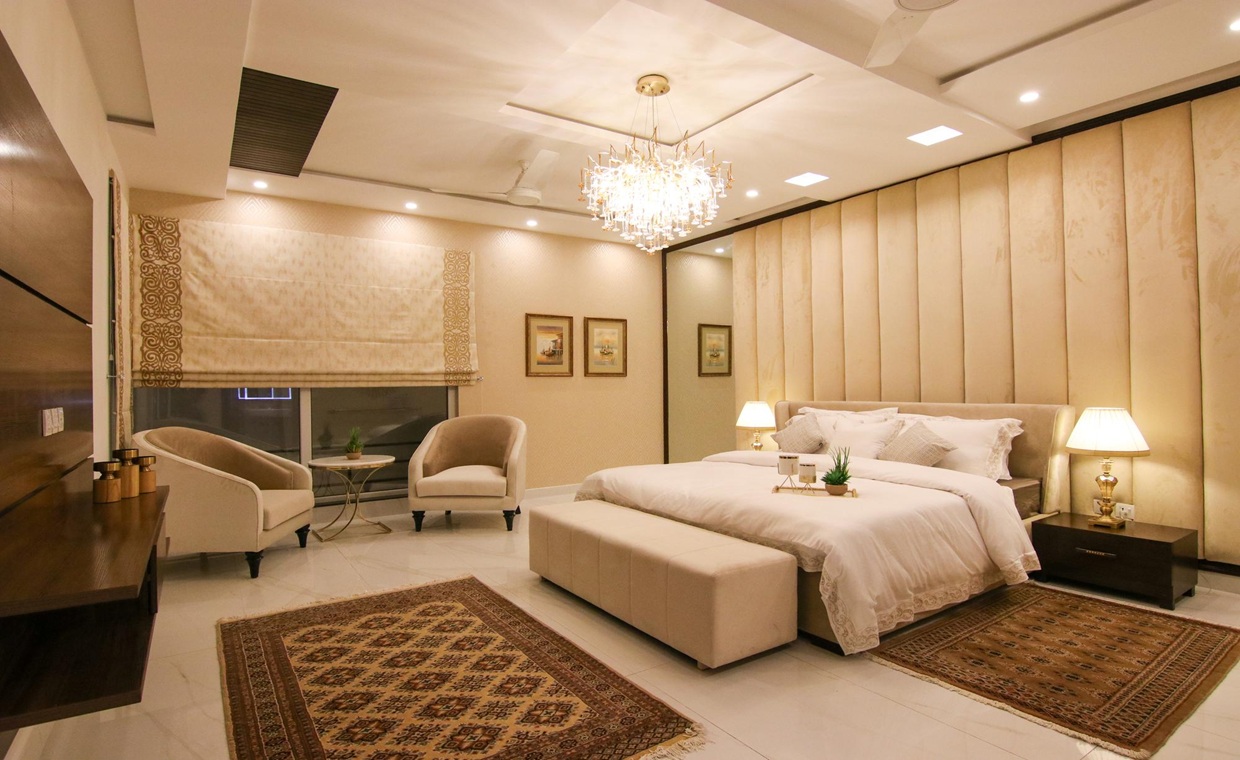
Table of Contents
The concept of smart furniture is dynamic and relatively new. Often referred to as intelligent furniture, this category continues to change or evolve with the advancement in technology, shift in lifestyle preferences and users’ affordability. As such, the perception and use of smart furniture can vary significantly from one home to another based on daily routines, specific needs, crave for space-saving furniture, and buying habits.
There is no fixed checklist of smart furniture pieces that make a home smarter or more breathable. However, at Gharpedia, we have curated a selection of innovative intelligent furniture items that will surely enhance comfort, optimise energy, save time, and contribute to a tech-savvy and user-friendly lifestyle. But let’s first understand the concept of smart furniture.
What is a Smart Furniture and Why These are Necessity?
Smart furniture is more of a necessity than a luxury for many households. At its core, it aims to make life more organised, efficient, and comfortable, especially in compact living spaces.
The benefits of choosing smart furniture over their traditional counterparts are:
- Convenience & Efficiency: Smart furniture automates daily tasks like wireless device charging, ambient lighting control, or unlocking drawers with fingerprints. These features reduce manual effort, making daily life convenient.
- Space-Saving Solutions: Smart furniture is often multifunctional, ideal for compact homes or apartments with space constraints.
- Health & Well-being: With ergonomic features, sleep monitoring and movement tracking, smart furniture supports a healthier lifestyle, whether you lead a sedentary indoor lifestyle or an active routine.
- Energy Efficiency: Built-in energy efficiency helps reduce power usage, supporting sustainable living and reducing electricity bills.
- Integration with Smart Homes: Smart furniture seamlessly integrates with smart home ecosystems, enhancing control and user experience. It contributes to making your home more compact, user-friendly, and relaxing.
- Smart Furniture and sync potential: Smart features in smart furniture work more like gadgets than traditional furniture, and the features can synchronise with smart ecosystems like Siri, Alexa, Google Home, etc. for a happily integrated and compact lifestyle experience.
- Modern Aesthetics & Value Addition: Sleek designs, minimalism, and multifunctionality add value to interiors while supporting digital lifestyles.
Now, let’s explore some of the most in-demand smart furniture options available today and understand their advantages and possible limitations.
1. Smart Bed for Engineered Sleep and Healthier You

A smart bed is an intelligent mattress equipped with advanced sensors that do more than offer comfort through proper ergonomics. They monitor your sleep patterns, body movement, and vital signs like heart rate and breathing. Some even control temperature and firmness settings to personalise your sleep environment.
How Does it Work?
Smart beds typically include integrated sensors and a connected mobile app. These collect sleep data, including sleep pattern, heart rate, breath rate, body movement, etc and adjust the bed settings automatically or based on user inputs for improved sleep quality.
Advantages:
- Tailor-made sleep experience.
- Tracking sleep and analysing sleep patterns.
- Better comfort.
- Connectivity with sleep monitoring apps.
Disadvantages:
- Higher initial cost.
- Requires stable internet.
- Maintenance and repairs are costly.
- Potential privacy concerns.
2. Smart Bed side Tables

Courtesy - Freepik - AI Generative
The traditional bedside served basic purposes such as storing essentials or holding a lamp, and a space-saving furniture. Modern smart bedside tables, however, go far beyond. With features like wireless charging pads, ambient lighting, fingerprint lock drawers, Bluetooth speakers, air purifiers and more, they are the comfort reimagined. The smart side table can track and observe sleep patterns too.
How Does It work?
A smart bedside table works by integrating multiple technologies like sensors, Bluetooth/Wi-Fi connectivity with the smart devices.
Smart side tables now come packed with features that blend convenience and technology. Wireless charging pads let you power up devices without messy cables, while smart lighting offers motion-activated or app-controlled ambient light, adjustable by brightness or colour. Some tables also include integrated speakers, allowing you to play music or sync with Alexa via Bluetooth or Wi-Fi. High-end models even offer cooling drawers, air purifiers, or fingerprint-locked storage for added comfort and security.
All features are usually controlled via a companion smartphone app or voice commands.
Advantages:
- Multipurpose and aesthetically sleek.
- Saves space while offering multiple utilities.
- Customizable features.
- Upgraded safety features.
Disadvantages:
- Higher cost.
- Requires continuous power and internet connectivity.
- Needs regular software updates.
- May lack durability.
3. Smart Mirror: An Intelligent Furniture

Courtesy - Freepik - AI Generative
Also called a “magic mirror,” it blends AI and functionality. The mirror can smartly display accurate digital information like weather updates, social media feeds, news, and calendar reminders, besides reflecting your image.
How Does a Smart Mirror Work?
A smart mirror has three components. These are a two-way mirror, combined with a digital display, and an internal computer connected to your home network, displaying information behind the reflective surface.
Advantages:
- Check updates via voice control.
- Multitasking while grooming.
- LED lighting with sensor control.
- Integration with smart locks, cameras, and doorbells.
- Customise modules to your needs.
Disadvantages:
- Expensive installation.
- Dependent on power and internet.
- Limited lifespan.
- Requires frequent maintenance.
4. Smart Desk for Smart Work

A smart desk is an advanced version of a traditional desk. It has multiple supportive features like customised height adjustment, built-in charging posts, and the facility of memory settings for different users.
These smart desks offer ergonomic presets for multiple users to accommodate working habits, whether in a standing posture or sitting, or by mixing both postures at their discretion.
How Does a Smart Desk Work?
A smart desk is made with a built-in height control panel. The height control mechanism works with motorised mechanisms to adjust the height smoothly. Some of the advanced models come with built-in sensors for height adjustment preference memorisation. Smart desks are available in different categories.
A smart desk combines mechanical parts (like motors) and digital technology (like apps and sensors) to create a more ergonomic, connected, and efficient workspace.
Advantages:
- Improves posture with adjustable height
- Offers user-specific settings
- Built-in USB and power outlets.
- Wireless device charging
- Pairs with fitness and health apps.
Disadvantages:
- Expensive compared to regular desks.
- Requires a power source to operate.
- Complex installation.
- Potential electronic malfunctions.
5. Smart Sofa: Sitting Comforts are Redefined
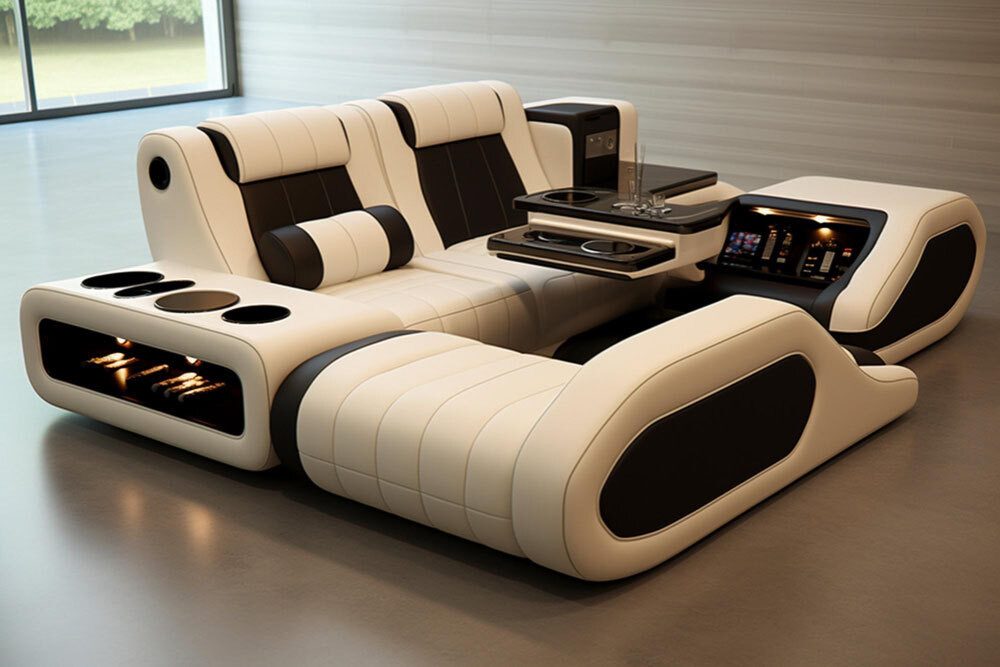
Courtesy - Freepik - AI Generative
Smart sofas or tech couches are integrated with advanced features such as USB ports, audio systems, adjustable recliners, heating pads and memory functions.
How Does a Smart Sofa Work?
Fitted with posture-tracking sensors and voice controls, these sofas adapt to your preferred settings and connect with smart home systems for an enhanced experience. The built-in motor can robotically adjust the seat and backrest for optimum comfort. These sofas may offer heated cushions, massage facilities, and memory preset functionalities that can save the users’ favourite seating positions.
Advantages:
- Space-saving, ergonomic and customisable.
- Suitable for both entertainment and work.
- Supports tech updates via app/software.
- Stylish, minimalistic and contemporary look.
Disadvantages:
- Higher cost.
- May not be durable.
- Needs internet and power to function.
6. Smart Chair for Ergonomic Support

Smart Chairs are advanced chair models that combine ergonomics with technology. Available in multiple variants like gaming chairs, reclining chairs, office chairs, etc, they offer features such as posture correction, heating, massage, and movement tracking.
The chair is a piece of ergonomic furniture that can charge your devices through built-in USB ports. It connects to apps through Bluetooth or Wi-Fi and is mostly compatible with obeying voice commands. Built-in movement sensors track your work and can prompt you to take a small break. It swivels easily and rolls effortlessly. Most smart chair models run on a rechargeable battery or in plug-and-play mode.
How Does a Smart Chair Work?
A smart chair uses sensors to detect users’ posture and alert them if anything is wrong. It has built-in motors to adjust the seat, backrest, and armrests. With Bluetooth or Wi-Fi, it connects to apps or voice assistants. Some models are built with massage and heating features for extra comfort. The ergonomic furniture offers USB ports or wireless charging to charge your laptop and mobile from the chair.
Advantages:
- Real-time posture monitoring.
- Massaging and heating options.
- Built-in device charging.
Disadvantages:
- Expensive.
- Requires battery or power.
- Can be complex to set up.
- Lacks durability.
7. Smart Air Purifier

Indoor air quality is crucial for health. A smart purifier offers advanced filtration, real-time air-quality monitoring, and remote control via apps.
Like most other smart furniture, a smart air purifier can be controlled with a dedicated app. You can check the air quality instantly on the display. With the targeted purification feature, you can breathe in an allergen-free, dander-free, and pollutant-free air.
How Does a Smart Air Purifier Work?
A smart air purifier has a fan inside to draw in air and pass it through multiple filters—usually a pre-filter, a HEPA filter, and an activated carbon filter. Smart Air purifiers also include UV-C lights or ionisers to neutralise bacteria and viruses for added protection.
However, the smarter twist lies in its built-in sensors and Wi-Fi/ Bluetooth connectivity. These sensors can instantly spot pollutants like PM2.5, volatile organic compounds, and humidity levels in an interior space. The purifier auto-adjusts its speed based on indoor air quality. You can control the smart purifier through an app, track filter life, receive air quality updates, and synchronise it with voice assistants like Alexa or Google Assistant for seamless control.
Advantages:
- Monitors air quality almost instantly.
- Automatically adjusts fan speed settings.
- Can eliminate allergens, smoke, and odours.
- App integrated remote control facility.
- Alexa or Google Assistant compatible.
Disadvantages:
- High initial price.
- Internet and power support are mandatory.
- Not Durable.
- Frequent software updates are a must.
Final Thoughts
Smart furniture is more than just a trend, it’s the future of comfortable, efficient living in compact homes. From smart beds and sofas to intelligent mirrors and air purifiers, these innovations save space, enhance well-being, and elevate lifestyle. With the power of automation and customisation at your fingertips, living well has never been so seamless. You deserve freedom, flexibility, and freshness because you deserve the best.
Read More: The Benefits of Incorporating Smart Devices into Your Home
FAQs on Smart Furniture for Compact Home
1. What is Smart Furniture?
Smart furniture models integrate technologies like sensors, connectivity, and automation into their design to boost functionality and user convenience. Smart desks, beds, sofas and mirrors are some of the examples.
2. Why is Smart Furniture Important?
Smart furniture enhances daily living by saving space, optimising comfort, improving health and streamlining time management, all while syncing with existing smart home systems.
3. What is the Future of Smart Furniture?
As more homes adopt platforms like Amazon Alexa, Google Assistant, and Apple HomeKit, the potential for smart furniture to enhance home living continues to expand. Technology is also enabling a new era of customisation and personalisation in furniture design.
References
Charu Chhabra, Dr Mohd Mazhar (2022) in Sitting Ergonomics and Maintenance of a Good Posture in Acta Scientific Pharmaceutical Sciences 6(12):02-04 [Online] Available from https://www.researchgate.net/publication/373927545_Sitting_Ergonomics_and_Maintenance_of_a_Good_Posture







